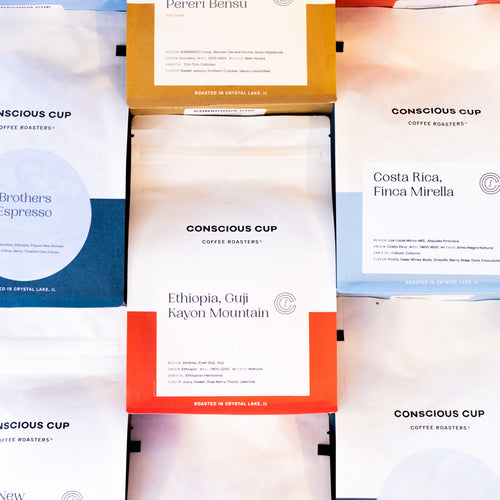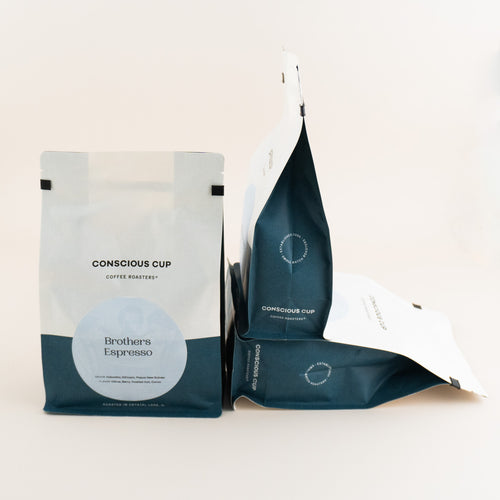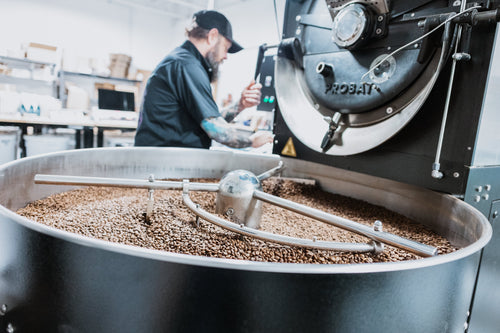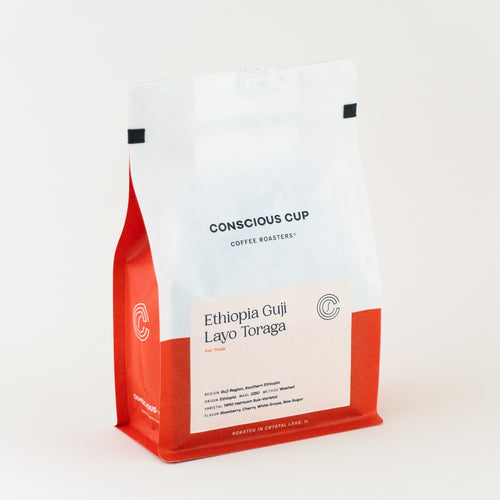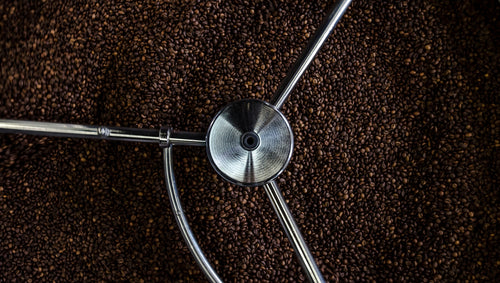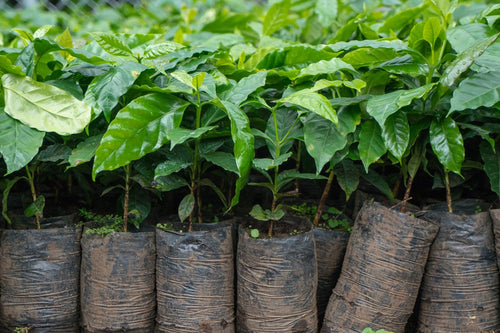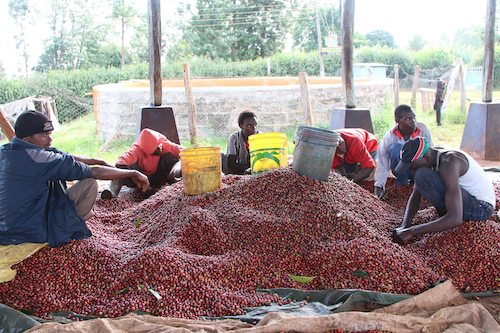Imagine it's morning, and you're enjoying a cup of coffee. It's a simple pleasure that we often take for granted without realizing the hard work of making a cup of coffee. From planting the coffee trees to roasting the beans to preparing your drink, every step influences the quality, aroma, and flavor of the coffee we drink.
Growing high-quality Arabica coffee shrubs involves several factors, such as climate, soil, altitude, water, and risks of pests and diseases. Planting requires choosing the right coffee variety, spacing the plants, and nurturing them carefully. Seedlings take three to four years to produce, and the plant needs well-drained soil, consistent rainfall, and shade. The plantation's altitude is crucial as it affects the bean's hardness and, thus, the coffee's flavor, sweetness, and acidity.
Harvesting is a time-consuming and labor-intensive process requiring skilled laborers to pick only the ripe coffee cherries selectively. The best workers can selectively pick just 200 pounds of coffee cherries daily.
After harvesting, the coffee cherries undergo processing to remove the pulp and skin. The processing method significantly affects the coffee's flavor profile. The two main processing methods are the wet and dry methods. The wet method involves water separating the pulp from the bean, while the dry method involves sun-drying the cherries and removing the pulp. The 200 pounds of cherries now become about 64 pounds of processed beans.
The next step is sorting and grading the coffee beans based on size, color, and quality. The process may begin with sorting screens or machines but often involves removing any defective beans (called "quakers") or foreign matter with keen eyes and hands. Defects will negatively affect the coffee's flavor. Initial cupping grades coffee by lots to identify taste and aroma defects.

Conscious Cup receives samples of high-grade, specialty coffee, which we roast in a small sample roaster to identify each coffee's characteristics. Sample roasting helps us form a profile for roasting to scale that will highlight the best characteristics of the coffee, whether blend or single origin.
Roasting is the next step in the coffee-making process, where the beans are heated to a specific time and temperature curve to develop their flavor and aroma. Roasting requires a skilled roaster who can control the temperature, time, airflow, and drum speed to ensure that the beans are roasted to perfection. Conscious Cup roasts in small batches, which gets us the airflow and long temperature curve that delivers a fully developed coffee, whether light, medium or darker roast.

We seek to highlight the unique flavors inherent to the nature of each coffee we import and roast. Our process is sensual, using aroma, sight, and listening to the roast. The first crack, like popcorn, is a critical point in the roast.
Conscious Cup Coffee Roasters' coffees have been independently and consistently rated outstanding, with 21 roasts scoring 90-95 points by independent Q Graders, the equivalent of a wine sommelier. Our recent Kenya Kiri was our highest-rated coffee at 95 points. Think of these ratings like wine. Two previous roasts earned global Top 30 citations, in 2017 and 2020.
Personal tastes will vary, so explore our offerings. To begin at home or work, try our World of Coffee Flight. Look at our brew guides for the precise grind settings and coffee-to-water ratios for different preparation methods. We offer cafe recipes and lessons for pour-over, Aeropress, French press, and espresso. We also provide recipes adapted from our cafe prep to home drip coffee makers. Start with our recommended ratios and then adjust to your taste.
Whether you're at home, work, or traveling, we want the coffee or espresso in your cup to be worthy of savoring.
